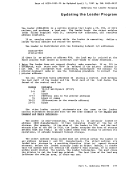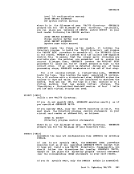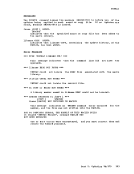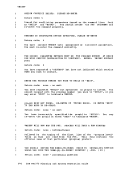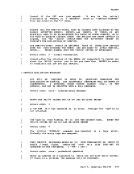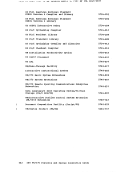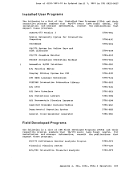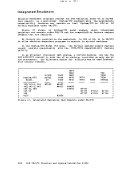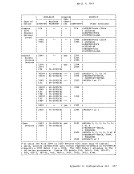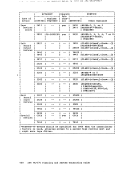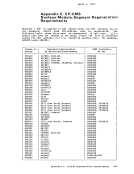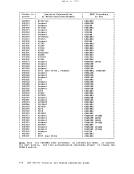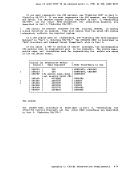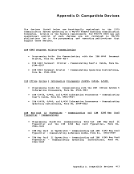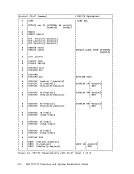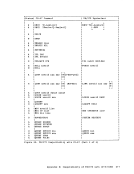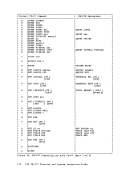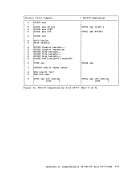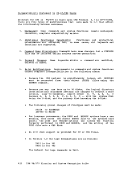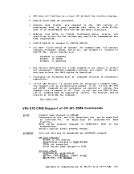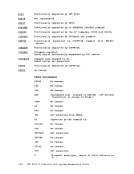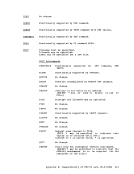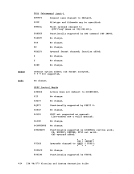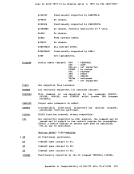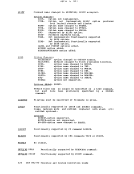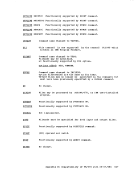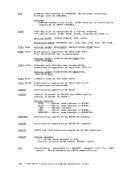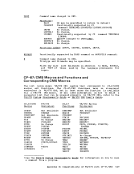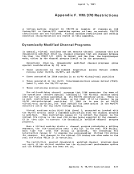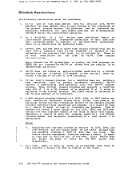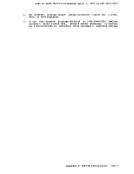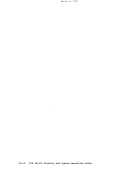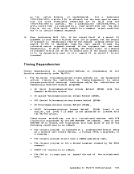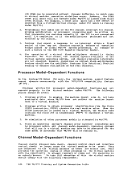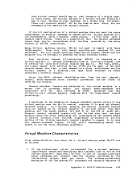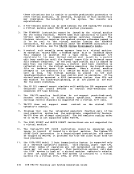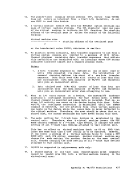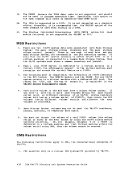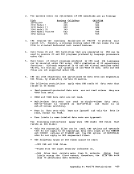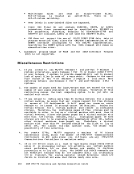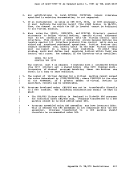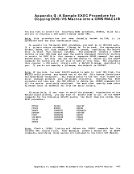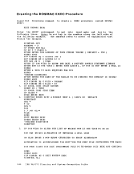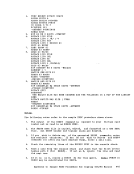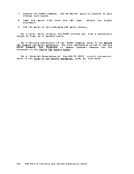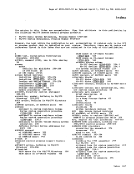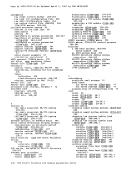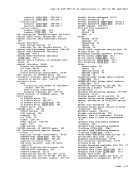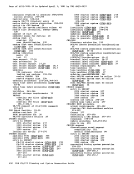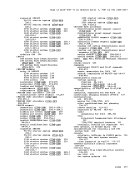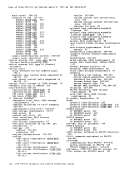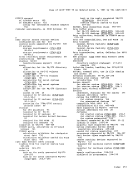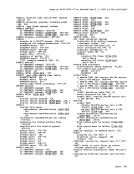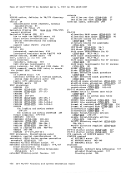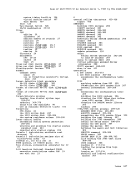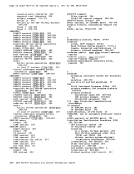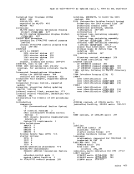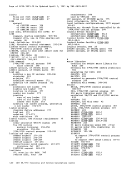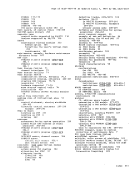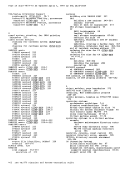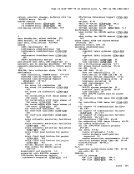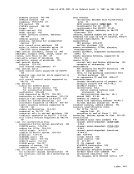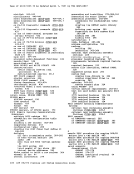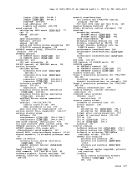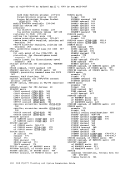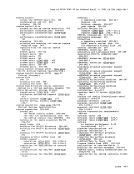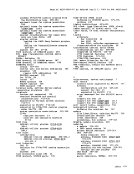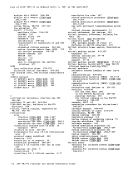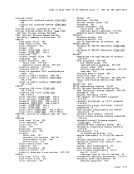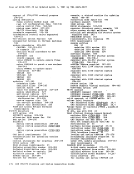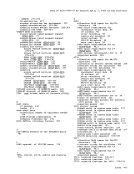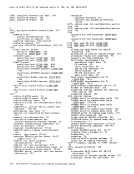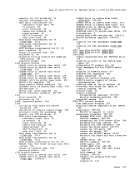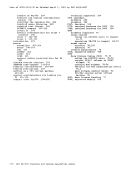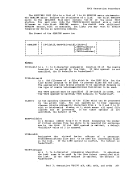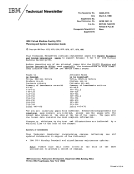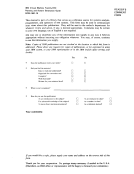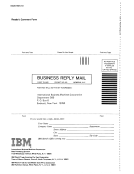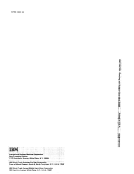starter Systems r L
Real
Cylinder
o
2
3
6-89-10 11-15 16-19 20 21-56
57-64
65-554
Number of
Cylinder s
3
2
5
4
35
9490 contents Unused 191 minidisk for the IVP!!l user
191 minidisk for theIVP!!2 user
191 minidisk for theRSCS user
191 minidisk for theOPERATOR user
191 minidisk for the CE user
191 minidisk for the!!AINT user
191 minidisk for theEC!!ODE user
199 minidisk for the!!AINT user 190 minidisk for the !!AINT user
of the minidisk.(Specify cylinder 34.)
194 minidisk for the!!AINT user
Not used.
Figure30. Allocation of the Starter System Volume (CPRnLO) When the 3350 Starter System Directory Is Used Step 20. Back Up the Newly Generated VM/370
At this time, back up your new system residence volume. If your real
machine has at least 448K bytes of real storage, the tape created inStep 1A is sufficient backup. However, that tape is not sufficient
backup for real systems with less than 448K of real storage because that
tape cannot be loaded on such systems. It may also be inadequate if you
have a largeV=R area. V!!/370 systems that run on a real machine with less than 448K bytes
ofDASD Dump Restore (DDm service program
to create a backup tape similar to the one created in step 18. TheDASD Dump Restore program is described in the !M/310
your system residence volume is at address 131 and you labeled itV!!RELn, you could use the following DDR control statements to back it
up:
input 131 device typeV!!RELn output 181 device type (tape drive)
dump cpvol
TheDUMP CPVOL statement causes cylinder 0 and those disk cylinders
allocated asPERM or DRCT in Step 2 to be dumped onto the tape.
254IB!! VM/310 Planning and System Generation Guide
Real
Cylinder
o
2
3
6-8
57-64
65-554
Number of
Cylinder s
3
2
5
4
35
9
191 minidisk for the
191 minidisk for the
191 minidisk for the
191 minidisk for the CE user
191 minidisk for the
191 minidisk for the
199 minidisk for the
of the minidisk.
194 minidisk for the
Not used.
Figure
At this time, back up your new system residence volume. If your real
machine has at least 448K bytes of real storage, the tape created in
backup for real systems with less than 448K of real storage because that
tape cannot be loaded on such systems. It may also be inadequate if you
have a large
of
to create a backup tape similar to the one created in step 18. The
your system residence volume is at address 131 and you labeled it
up:
input 131 device type
dump cpvol
The
allocated as
254





















































































































































































































































































































































































































